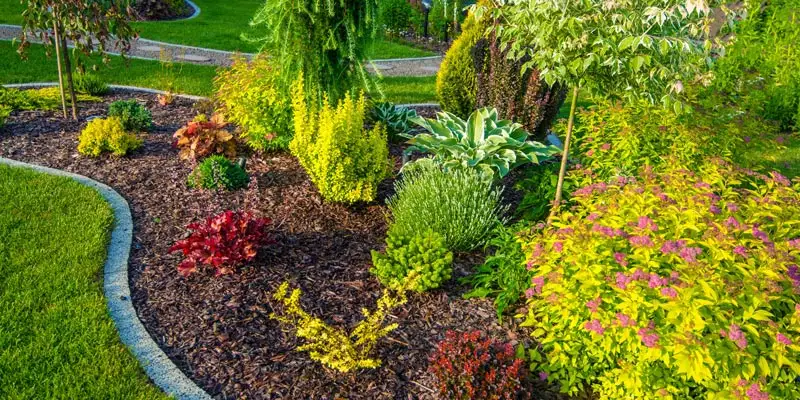The Best Guide To Landscape Design
The Best Guide To Landscape Design
Blog Article
What Does Landscape Design Mean?
Table of ContentsThe Ultimate Guide To Landscape DesignThe Ultimate Guide To Landscape DesignSome Of Landscape DesignAll about Landscape Design
When developing a residential landscape, one of the most crucial step is to place an intend on paper. Creating a master plan will certainly save you money and time and is a lot more likely to cause a successful layout. Landscape Design. A plan of attack is established with the 'layout procedure': a detailed method that thinks about the ecological conditions, your wishes, and the elements and concepts of layoutThe 5 actions of the layout process consist of: 1) performing a site stock and analysis, 2) establishing your demands, 3) creating functional representations, 4) creating conceptual design plans, and 5) attracting a last design strategy. The initial three steps establish the aesthetic, practical, and horticultural requirements for the layout. The last two steps after that use those demands to the production of the last landscape plan.
This is a crucial step for both plant choice and positioning and locating family tasks and features. It is very important since the very same climate conditions that affect the plantstemperature, moisture, rainfall, wind, and sunlightalso impact you, the user. The following step is to make a listing of your needs and desiresthis aids you establish exactly how your backyard and landscape will certainly be used.
The functional diagram is then made use of to situate the task areas on the site and from this diagram a conceptual strategy is created - Landscape Design. The last step is a final style that includes all the hardscape and planting information that are needed for installment. Throughout the style process there are 10 crucial things to consider: for plant option and activity place by considering what you desire and require to assist figure out shapes and arrange areas by marking task areas and connecting with elements for both the atmosphere and the user by making use of massing and layering techniques such as shift locations and centerpieces in the products, the colors, and the surface textures for the growth and maintenance of plants by utilizing sustainable design techniques A complete supply and evaluation of the site is very important to establish the ecological problems for plant development and the ideal usage of the site
The Best Strategy To Use For Landscape Design
The sort of soil determines the nutrients and wetness offered to the plants. It is always best to utilize plants that will certainly flourish in the existing dirt. Although soil can be modified, modification is usually expensive and many times ineffective. Existing plants can offer clues to the dirt type. Where plants expand well, keep in mind the soil conditions and make use of plants with similar growing needs.

Sun/shade patterns, the amount and length of exposure to sun or color (Number 1), develop microclimates (sometimes called microhabitats). Recording website conditions and existing plants on a base map will expose the area of microclimates in the yard. Plants normally come under 1 or 2 of four microclimate categories-full sun, partial color, color, and deep shade.
Utilities such as power lines, septic storage tanks, underground utilities and roofing overhangs determine plant location. Make use of a property surveyor's plat of your building for the borders and location of your home.
More About Landscape Design
Budget problems include the products, preliminary installment expenses and the i was reading this on-going maintenance prices. Establish the moment and cash you want to take into keeping the plants and hardscape-be reasonable about your intents and ability. Number 3. Existing usage areas. Credit Report: Gail Hansen, UF/IFAS Number 4. Proposed usage locations. Credit History: Gail Hansen, UF/IFAS There are lots of various landscape style motifs- from easy to complicated, but it is practical to pick one to guide your plant and material option.

Make a decision if you want to open your yard, close your lawn, or a little of both, to these views. Simply put, do you want the yard to enclose the area around you and associate mostly to your house, or do you want the yard to open views and look exterior, associating to the environments? This will certainly provide you a beginning indicate believe concerning a style.
Some Known Details About Landscape Design

This is called "local color", which indicates it fits with the environments. There are both type motifs and design themes. Every garden ought to have a type motif, however not all yards have a design motif. In reality, several residential gardens have no particular design other than to blend with the house by visit the website repeating information from the architecture such as materials, shade, and type.
In a form theme the organization and form of the spaces in the backyard is based either on the shape of your home, the form of the locations between your house and the property borders, or a favored form of the homeowner. The kind theme determines the form and organization (the format) of the areas and the web links between them.

Report this page